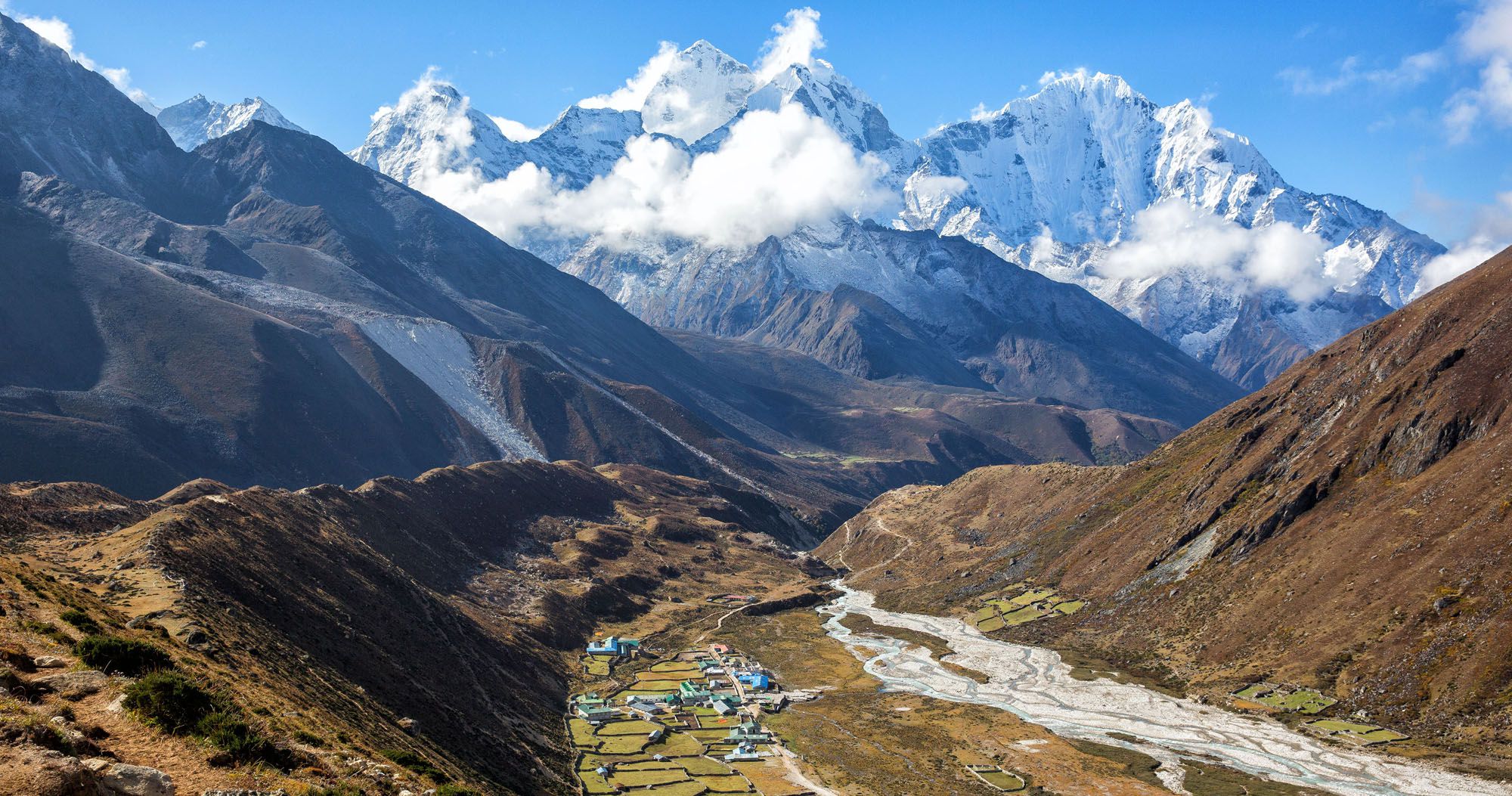If you’re looking for a classic bucket list adventure, then the Everest Base Camp Trek is for you. It’s a challenging trek that includes two full acclimatization days and has no age, athleticism, or sex restrictions. If you’re in good physical shape, you can complete the challenge.
Everest Base Camp Trek is a classic bucket list trek
Everest Base Camp Trek begins in the alpine setting of the south end of Sagarmatha National Park and ends on the scree-covered ridges of ancient moraines. The trail is easy and takes approximately five days to complete. The first section from Lukla to Namche Bazaar involves a series of suspension bridges.
The Everest Base Camp trek costs approximately USD 25 to 35 per day. This covers the wages of a professional guide and porter. The cost also covers their food and accommodation. While some companies offer fresh guides, it is best to stick to licensed and experienced guides. A licensed guide is essential for your safety and security.
A classic bucket list trek, the Everest Base Camp trek takes you to the base camp of the iconic mountain, which is located at 17,598 ft/ 5,364 m. This trek ends in a celebration at Everest Base Camp. Safety is paramount on this trip, but it is also an amazing experience.
It is a high altitude trek
The EBC Trek is a challenging high-altitude trek that requires extensive acclimatization and training. It is a 12-day trek that starts in Lukla, Nepal, and covers about 80 miles round-trip. It is split into eight to 10-mile sections each day, and it includes two days of rest. The temperatures reach the high altitudes of more than 8,000 feet during the day, and drop to as low as five degrees at night.
If you plan on hiking at altitudes higher than 8,000 feet, you should be prepared to deal with altitude mountain sickness, or AMS, which is a common side effect of high altitudes. AMS can affect anyone, but it usually has greater impact at higher altitudes. AMS can be prevented with proper care and precautions. Common preventions include drinking plenty of water, acclimatizing, and getting plenty of rest.
It requires two full acclimatization days
While the EBC Trek is one of the most popular trekking routes in Nepal, it requires two full acclimatization days before you start the actual trek. This is because you will have to spend some time in Kathmandu, the capital city of Nepal. It is a vibrant and heady city, full of UNESCO temples and the aromatic spices of the local curry houses. You’ll need these days to adjust to the high altitude and prevent the onset of altitude sickness.
Before you begin your trek, make sure you purchase a permit for Sagarmatha National Park. A permit is required to enter the park, which costs around US$25. You’ll also need to purchase an entrance pass to the Gaurishankar Conservation Area, which is another requirement of the EBC Trek.
It is not restricted to age, sex, or athleticism
An EBC trek normally takes 15 to 21 days and covers a distance of 130 to 140 km. It requires a minimum level of fitness and requires walking for six to seven hours a day. This trek is not intended for people with physical disabilities or a history of heart disease. However, it is recommended to consult a physician prior to taking part in the trek to ensure you are in good physical condition.
It is a great trekking destination for adventure travelers
If you are looking for a challenging trek in a spectacular location, the EBC trek is a great choice for you. This 80-mile round-trip trek starts from Lukla and ends in Everest Base Camp. The trek is a combination of strenuous mountain hiking and acclimatization days.
The EBC Trek is one of the most popular treks in Nepal. Along the way, you can explore the Sherpa culture and witness breathtaking scenery. Once you reach the base camp, you’ll get an incredible view of Mount Everest. From here, you’ll also get a glimpse of the local Sherpa culture.
Accommodation on the EBC Trek is modest, but clean and comfortable. The rooms are twin-sharing and include bedsheets and pillows. The tea houses provide basic facilities such as electricity, hot showers, and hot water. Toilets are shared, though some have attached bathrooms. Many tea houses also provide electrical charging facilities.
